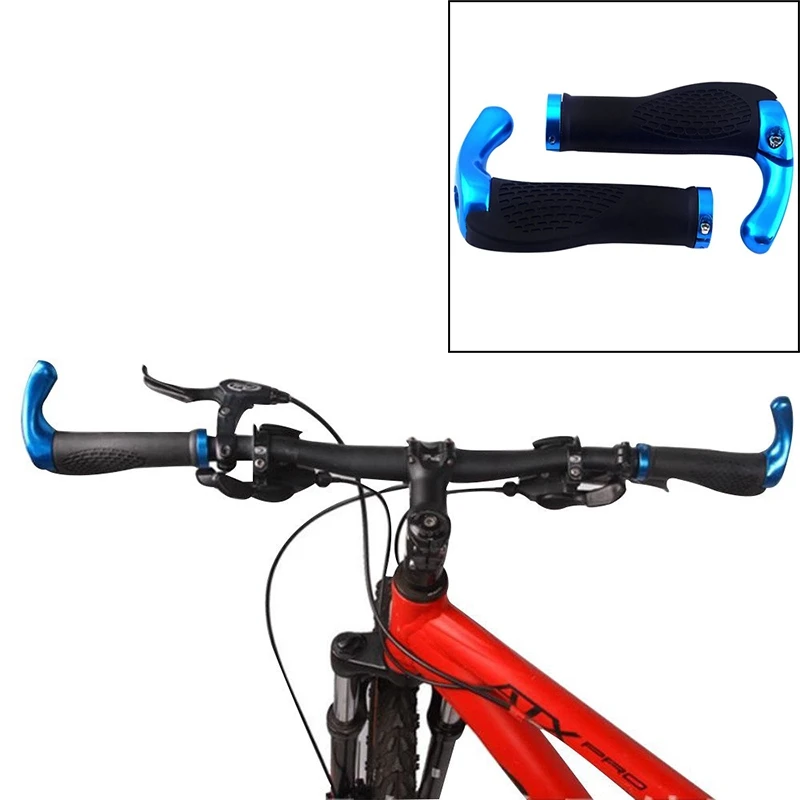Showing: 1-20 of 26
Add to Wishlist View Wishlist
Podium FLIGHT MX HANDLEBARS 1-1/8
$89.95
Add to Wishlist View Wishlist
PODIUM 7/8" MX/ATV HANDLEBARS
$64.95
Add to Wishlist View Wishlist
PODIUM 7/8" PIT BIKE HANDLEBARS
$79.95
Add to Wishlist View Wishlist
CFT Podium MX HANDLEBARS 1-1/8
$129.95
Add to Wishlist View Wishlist
ROGUE ATV LOCK-ON GRIPS (130MM Length)
Regular price $29.95
Sold out
ROGUE ATV LOCK-ON GRIPS (120MM LENGTH)
Regular price $29. 95
Add to Wishlist View Wishlist
RUFFIAN ATV LOCK-ON GRIPS (130MM Length)
Regular price $29.95
Add to Wishlist View Wishlist
RUFFIAN ATV LOCK-ON GRIPS (120MM LENGTH)
Regular price $29.95
Sold out
RUFFIAN MX ATV LOCK-ON GRIPS (130MM)
Regular price $29.95
Add to Wishlist View Wishlist
X-TREME ATV LOCK-ON GRIPS (130MM Length)
Regular price $32.95
Add to Wishlist View Wishlist
ODI / TLD SIGNATURE SERIES LOCK-ON ATV GRIPS
Regular price $32.95
Add to Wishlist View Wishlist
ROGUE ATV SINGLE PLY GRIPS
Regular price $9.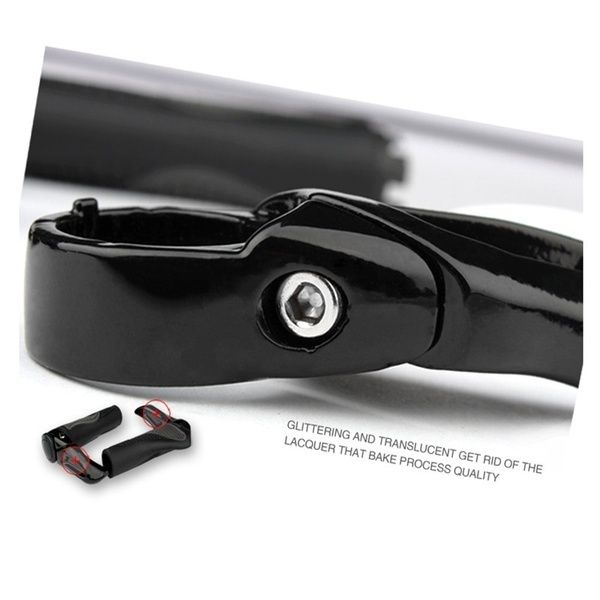 95
95
Add to Wishlist View Wishlist
RUFFIAN ATV/MTB SINGLE PLY GRIPS
Regular price $9.95
Sold out
CUSH ATV DUAL-PLY GRIPS
Regular price $12.95
Add to Wishlist View Wishlist
ODI GRIP COVERS
Regular price $7.95
Add to Wishlist View Wishlist
GRIP GLUE
Regular price $1.95
Add to Wishlist View Wishlist
VANS LOCK-ON GRIPS (130MM)
Regular price $35.40
Add to Wishlist View Wishlist
ODI SX8 OVERSIZED HANDLEBAR PAD 245MM 9-5/8" Length
Regular price $21.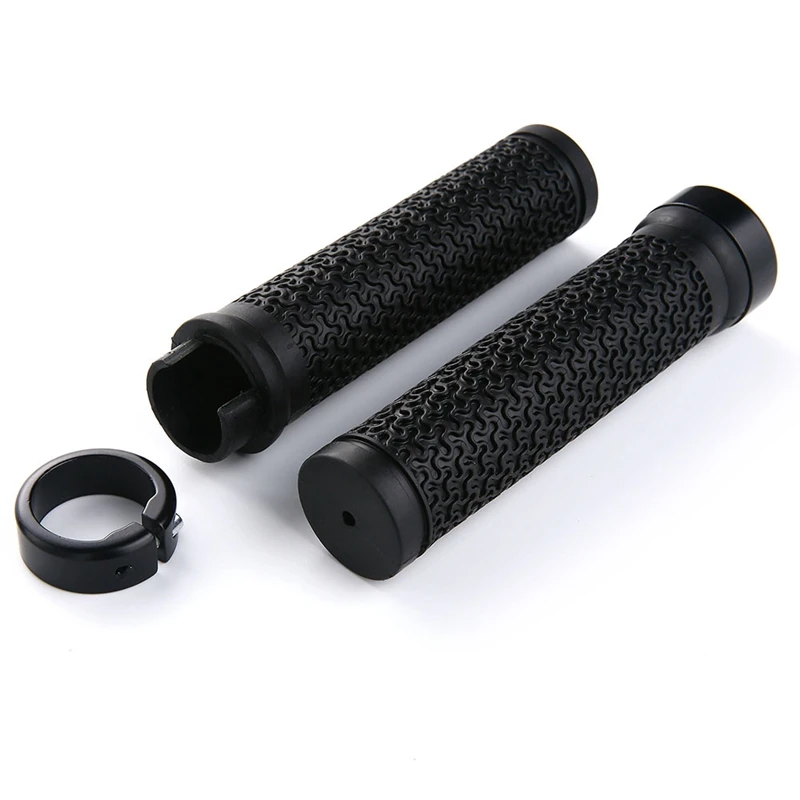 95
95
Add to Wishlist View Wishlist
LIMITED EDITION VANS LOCK-ON GRIPS (130MM)
Regular price $38.60
Add to Wishlist View Wishlist
ODI SX8 OVERSIZED HANDLEBAR PAD 190MM 7-1/2" Length
Regular price $21.95
JavaScript is disabled. For a better experience, please enable JavaScript in your browser before proceeding.
1 - 19 of 19 Posts
1 - 19 of 19 Posts
 Please consider creating a new thread.
Please consider creating a new thread.Top
Anti-theft devices are a subject of special attention for motorists, as experienced and technically savvy intruders are able to disable even the most complex electronic alarm. Car owners are trying to increase the level of protection using a variety of mechanical means. The group of these devices includes steering locks
The mechanical steering lock is an additional means of protecting the car from theft. As the name implies, the device makes it extremely difficult or impossible to freely rotate the steering wheel.
In order to saw through or otherwise remove the blocking device, the attacker will need to have the appropriate tools with him and spend at least 10 minutes in the car. During this time, his actions may attract the attention of bystanders. The situation is fraught with capture at the scene of the crime. Therefore, after noticing that the car is equipped with a steering lock, most criminals prefer to leave the idea or look for another object of theft.
Therefore, after noticing that the car is equipped with a steering lock, most criminals prefer to leave the idea or look for another object of theft.
While no steering lock can 100% protect your car from theft, MotorPage experts still believe that the decision to use the device is rather correct and fully justified.
According to the design, principles of operation and method of installation, the steering locks are divided into the following groups of devices:
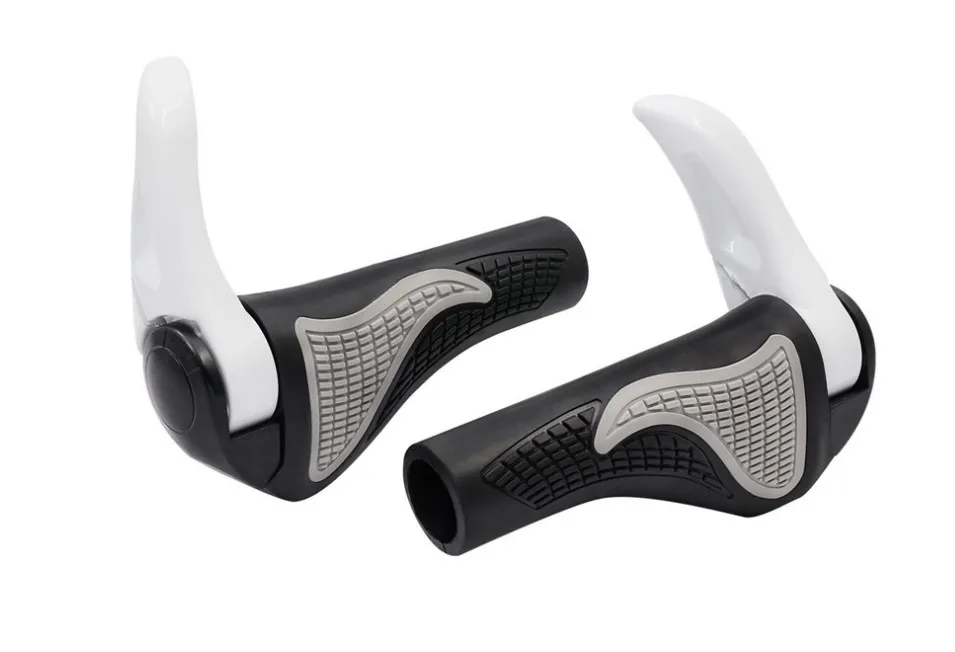
When buying a car owner usually chooses a steering lock based on its cost, structural reliability and build quality. Most often, the first two characteristics, alas, are opposite to each other.
The most vulnerable point of anti-theft mechanisms with attachment to the steering wheel is the steering wheel itself. It can be cut fairly quickly, freed from the blocker bar and get unhindered access to driving.
The advantages of this type of anti-theft are, perhaps, only their low price and ease of use. Such anti-theft protection will not deter a thief for very long and is hardly convincing.
Practice has shown that one of the most effective types of mechanical anti-theft systems are blockers of the shaft that transmits the rotation of the steering wheel to the knuckle of the steering mechanism.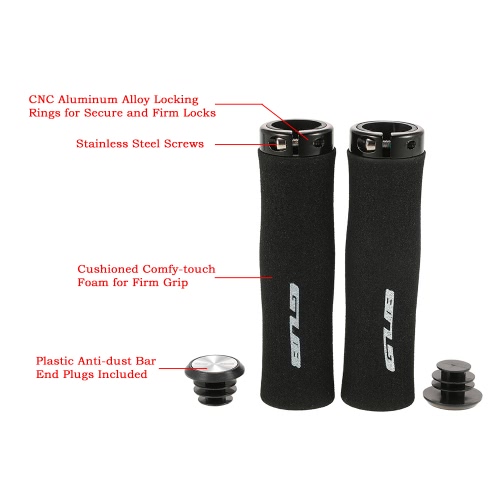 A big plus of these systems is that they are mounted to a place just above the pedals, which is very inconvenient for hacking. In addition, many of the designs are equipped with extra-strong cylinder locks with anti-drill protection. The only disadvantage of such devices is the higher cost.
A big plus of these systems is that they are mounted to a place just above the pedals, which is very inconvenient for hacking. In addition, many of the designs are equipped with extra-strong cylinder locks with anti-drill protection. The only disadvantage of such devices is the higher cost.
The unconditional asset of all locks with steering shaft fixation should include the following features:
There are swivel clutch mechanisms that can withstand the grinder, and the center rod of many models cannot be cut even with a hydraulic bolt cutter.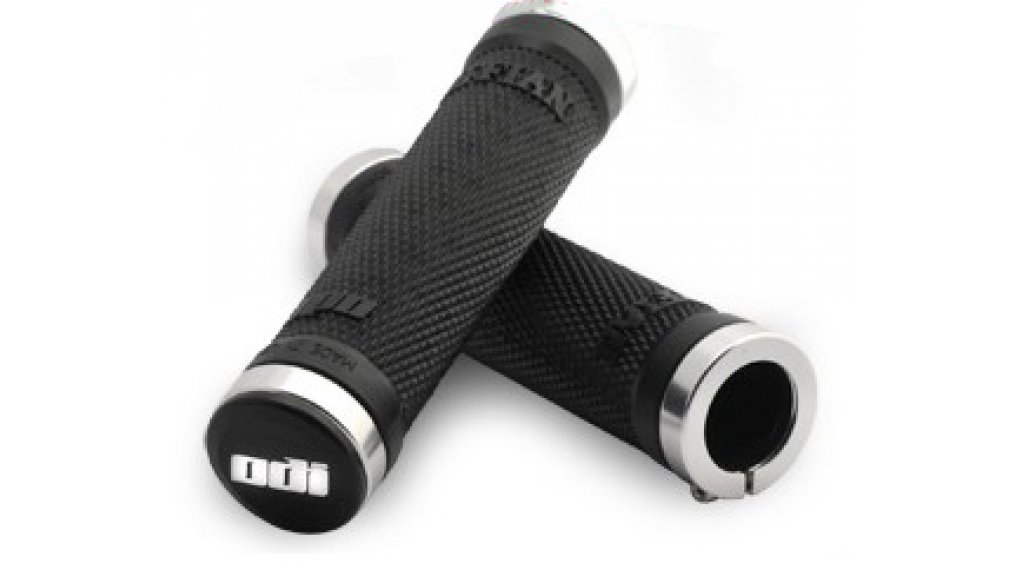
In order to achieve market success, many companies conduct their own research. Thus, blocking mechanisms have appeared that compare favorably with some valuable characteristics. Without naming brands and specific models, we list these design differences:
No matter how perfect the design of the rudder lock may be, Motorpage's experts feel it their duty to remind you that none of these devices can be considered 100% effective. The most advanced mechanisms are able to resist the hijacker for 10-30 minutes. Therefore, in order to ensure maximum protection of your car from thieves, it is worth using mechanical interlocks in combination with other types of anti-theft systems.
The most advanced mechanisms are able to resist the hijacker for 10-30 minutes. Therefore, in order to ensure maximum protection of your car from thieves, it is worth using mechanical interlocks in combination with other types of anti-theft systems.
To start an electric start engine, turn the ignition key to the ON position, press the brake and press the green electric start button for no longer than 5 seconds.
ATVs usually shift automatically - the shift lever is used to select high, low, neutral or reverse gears, as well as select the parking mode.
To start or increase speed, you need to press the thumb of your right hand on the throttle. The gearbox must be in the “H” or “L” position. The middle finger of the right hand rests on the front brake lever while driving, and the middle and index fingers of the left hand rest on the rear brake lever.
Also on the steering wheel there are buttons for turning on the four-wheel drive and locking the differential. Four-wheel drive will be needed when driving off-road, slippery roads, transporting goods and towing. A differential lock is needed so that the wheels of the ATV spin synchronously - for example, it will help to drive out if one of the wheels is stuck in the mud, and the second remains on a stable surface. When the lock is off, in such a situation, only the wheel that is stuck will spin.
Four-wheel drive will be needed when driving off-road, slippery roads, transporting goods and towing. A differential lock is needed so that the wheels of the ATV spin synchronously - for example, it will help to drive out if one of the wheels is stuck in the mud, and the second remains on a stable surface. When the lock is off, in such a situation, only the wheel that is stuck will spin.
Whether it is possible to turn on the four-wheel drive and blocking on the go and at what speed - should be indicated in the instruction manual. At the same time, regardless of the model of the ATV, the lock cannot be turned on after a jam, since the differential gears must engage without load.
1 - ignition key. 2 - starter button. 3 - light switch. 4 - signal.
1 - throttle lever. 2 - switch 2WD / 4WD. 4 - fuse.
1 - throttle lever. 3 - 4WD / LOCK differential lock switch. 4 - fuse.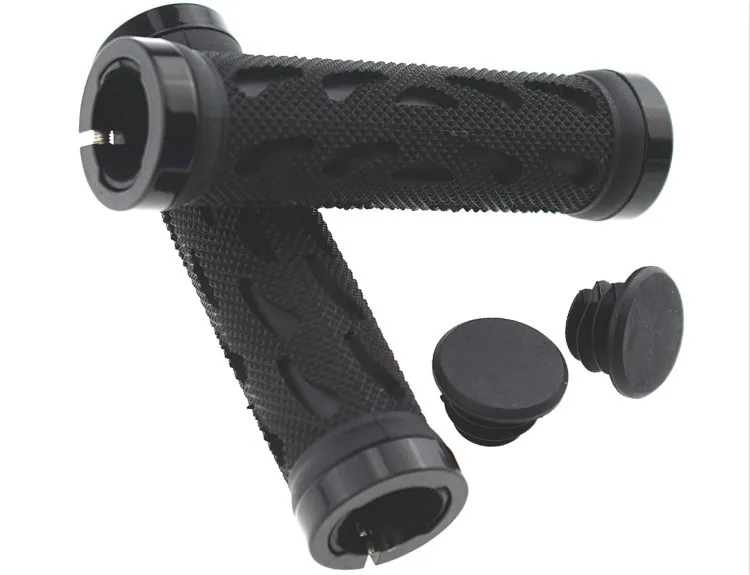
Standing up makes it easier to avoid tipping the ATV by shifting your body weight. There are 3 main racks:
The worst variant of the stance is when the back is tense, the person leans on his hands, and his legs are straight. In this case, the body does not absorb shocks and shocks, and the bones, intervertebral discs and joints experience a strong load. In addition, control over technique worsens and fatigue increases.
middle rack
A-pillar
rear pillar
To climb, you need to shift into a low gear, take the front stand and drive at medium engine speeds. It is impossible to sharply press the gas when driving up a slope or mountain - there is a risk of rolling over.
When stopping in the middle of a hill, drive off carefully, as a sudden start will be followed by tipping over. If the ATV rolls backwards, you need to press the front brake lever, and after stopping, turn off the engine, put the equipment on the handbrake, turn around manually, slide down and try again.
To descend, you need to take the rear rack and shift into a lower gear. In order not to roll over, brake should be simultaneously front and rear brakes. To avoid skidding, you can not change the trajectory of movement and speed abruptly, as well as brake too hard.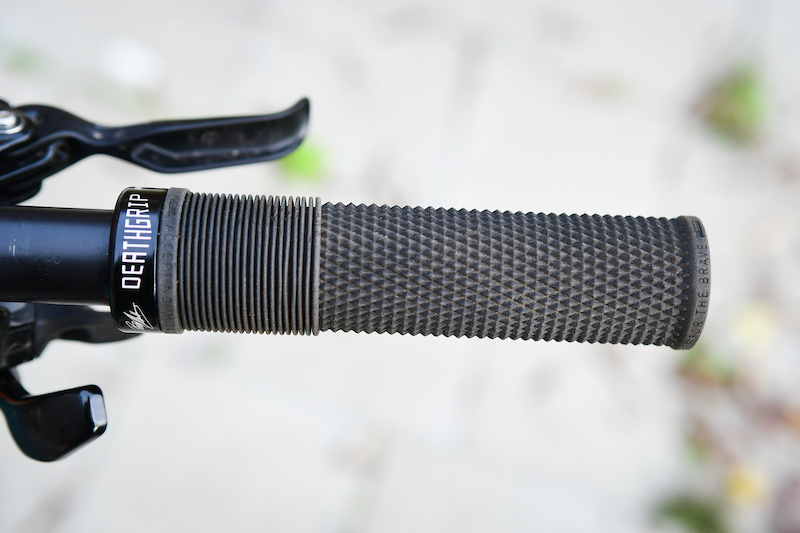 It is better not to touch the gas lever when descending.
It is better not to touch the gas lever when descending.
To drive downhill, shift into low gear and shift your body weight towards the top. Don't hit the gas hard and don't brake hard. You can also fall when making a sharp turn. If the slope is steep and the ground on it is slippery, it is better not to risk it.
To enter a tight turn, lean on the outside footrest and tilt your upper body inward. On slippery surfaces, shifting forward will improve handling, and shifting back will improve the grip of the drive wheels with the road.
Before driving into deep mud, you need to make sure that there are no logs, large stones and other obstacles in it, and the soil is not marshy. You should drive smoothly, without sharp pressure on the gas lever. At a slow speed, high engine speeds should not be allowed - the wheels will begin to slip and dig deeper.